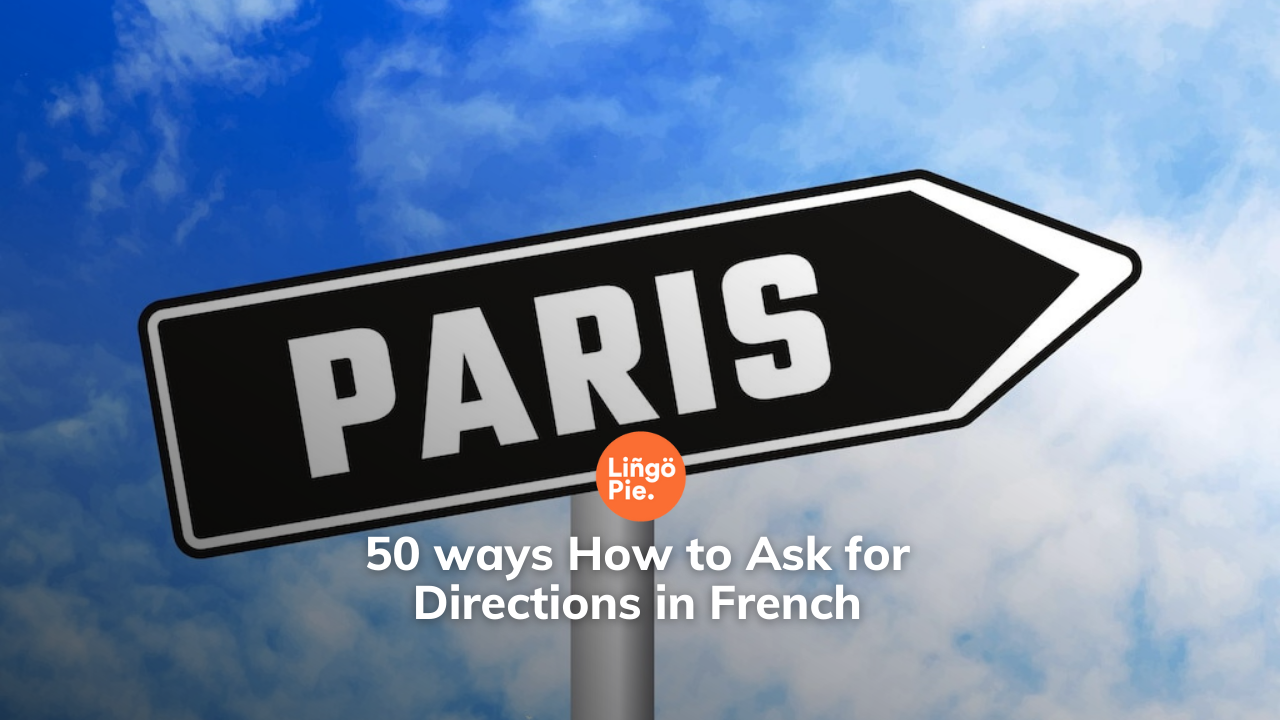Welcome, language enthusiasts, to an exciting journey through the enchanting world of Spanish poetry.
Whether you're just dipping your toes into the vast ocean of the Spanish language or you're already navigating its waves with confidence, exploring poetry is an excellent way to deepen your understanding and appreciation of the language.
In this blog post, we'll embark on a poetic adventure, exploring ten captivating Spanish poems that cater to learners of all levels.
From beginners to advanced speakers, there's something here for everyone to enjoy. Then you can find even more Spanish poems to enjoy.
Introduction to Spanish Poetry

From the lyrical verses of Neruda to the haunting ballads of Federico García Lorca, the poetry of the Spanish-speaking world offers a kaleidoscope of themes and styles from all over Spain and Latin America.
Whether you're drawn to the simplicity of short, easy poems or the complexity of powerful literary works, there's a poem out there waiting to capture your heart and mind.
There are also some amazing short stories in Spanish for learners to enjoy and practice with, as well as podcasts, and much more.
If you are looking for more inspiring content and resources, Lingopie has a wealth of resources for learners to take advantage of.
Poem 1: "Cultivo Una Rosa Blanca" by José Martí
For Beginners:
Why Learn This Poem? "Cultivo Una Rosa Blanca" is a beautiful and accessible poem that serves as an excellent introduction to poetry in Spanish for beginners.
With its simple vocabulary and evocative imagery, it's easy for learners to grasp the meaning and appreciate the beauty of Martí's words about friendship and gratitude (Cultivo una rosa blanca /en junio como enero /para el amigo sincero /que me da su mano franca).
Why Is It Popular? This poem is popular for its timeless message that we need to treat all people with kindness and respect.
Y para el cruel que me arranca
el corazón con que vivo,
cardo ni ortiga cultivo;
cultivo la rosa blanca.
These final words of the poem can be translated as:
And for the cruel one
Who breaks my heart with blows,
Thorns I will not cultivate, but
Instead will grow the white rose.
Poem 2: "Walking Around" by Pablo Neruda
For Intermediate Learners:
Why Learn This Poem? "Walking Around" is an intricately crafted poem depicts a man seemingly navigating his daily routine. However, beneath the surface, he harbors profound feelings of anger and despair, grappling with the complexities of human existence in the modern era.
Sucede que me canso de ser hombre.
Sucede que entro en las sastrerías y en los cines
marchito, impenetrable, como un cisne de fieltro
navegando en un agua de origen y ceniza.
El olor de las peluquerías me hace llorar a gritos.
Sólo quiero un descanso de piedras o de lana,
sólo quiero no ver establecimientos ni jardines,
ni mercaderías, ni anteojos, ni ascensores.
Why Is It Popular? This poem is beloved for its raw honesty and vivid imagery. Neruda's portrayal of the alienation and disillusionment of modern existence strikes a chord with readers around the world.
His poems are a great way to learn Spanish vocabulary you may not usually come across, as well as Spanish grammar.

Poem 3: "Dame La Mano " by Gabriela Mistral
For Advanced Learners:
Why Learn This Poem? The poem "Give Me Your Hand" explores three central themes: love, enjoyment, and companionship.
The use of symbols like grass in the wind, flowers, roses, and dance highlights the poet's desire to revel in the present moment with her partner. Ultimately, the poem conveys the poet's fervent wish for a lifelong companionship filled with love and shared experiences.
Dame la mano y danzaremos;
dame la mano y me amarás.
Como una sola flor seremos,
como una flor, y nada más.
El mismo verso cantaremos,
al mismo paso bailarás.
Como una espiga ondularemos,
como una espiga, y nada más.
Te llamas Rosa y yo Esperanza;
pero tu nombre olvidarás,
porque seremos una danza
en la colina y nada más.
Why Is It Popular? Gabriela Mistral, also known as Lucila Godoy y Alcayaga, was the first Latin-American writer to receive the Nobel Prize in Literature.
Poem 4: "Desde mi pequeña vida" by Margarita Carrera
For Beginners:
Why Learn This Poem? This powerful poem contemplates the injustices endured by numerous individuals in Guatemala during the Civil War. The poet reflects on those who perished while defending their ideals, juxtaposed against her own seemingly insignificant existence, where she feels powerless to effect significant change.
Desde mi pequeña vida
te canto
hermano
y lloro tu sangre
por las calles derramada
y lloro tu cuerpo
y tu andar perdido.
Ahora estoy aquí
de nuevo contigo
hermano.
Tu sangre
es mi sangre
y tu grito se queda
en mis pupilas
en mi cantar mutilado.
Why Is It Popular? Born in the late 1920s, Margarita Carrera's writing holds immense historical significance, notably as the first woman to graduate from the University of San Carlos of Guatemala.
Poem 5: "Viento, agua, piedra" by Octavio Paz
For Intermediate Learners:
Why Learn This Poem? Octavio Paz's poem "Viento, Agua, Piedra" serves as a great starting point for Spanish learners delving into topics such as the outdoors, nature, or poetry as a whole.
El viento esculpe la piedra,
la piedra es copa del agua,
el agua escapa y es viento.
Piedra, viento, agua.
***
Uno es otro y es ninguno:
entre sus nombres vacíos
pasan y se desvanecen
agua, piedra, viento.
Why Is It Popular? It's is a deeply reflective poem that delves into the profound interconnectedness of nature, time, and human existence.
Through the symbolic imagery of wind, water, and stone, Paz explores existential concepts such as transience, transformation, and permanence, offering a contemplative meditation on the delicate equilibrium between fleeting moments and enduring realities.
Poem 6: "La Despedida" by Federico García Lorca
For Advanced Learners:
Why Learn This Poem? "La Despedida" challenges advanced learners with its rich imagery and complex themes. Lorca's exploration of love, loss, and mortality provides ample material for linguistic analysis and interpretation.
Si muero,
dejad el balcón abierto.
El niño come naranjas.
(Desde mi balcón lo veo).
El segador siega el trigo.
(Desde mi balcón lo siento).
¡Si muero,
dejad el balcón abierto!
Why Is It Popular? This poem is renowned for its haunting beauty and emotional depth. Lorca's evocative language and vivid imagery continue to resonate with readers around the world.
Poem 7: "Luna urbana" by Francisco Aragón
For Intermediate Learners:
Why Learn This Poem? Francisco Aragón, a San Francisco native and longtime resident of Spain, is a poet and the author of three limited-edition chapbooks.
In his latest poetry collection, "Puerta Del Sol," Aragón presents English and Spanish versions of his work side by side, reflecting his Nicaraguan heritage and upbringing. The book is divided into three sections, each exploring themes of light and longing for family and familiarity.
El cielo sobre la Puerta del Sol toma
otro tono de azul. ¿Quién dice
que no se convierte en el único
ojo de la noche
al escalar: palideciendo
y menguando antes de cruzar
el cielo de finales de junio? Y abajo,
hombres persisten, dando vueltas
por la plaza, las fuentes gemelas rebosantes
de aguas luminosas.
Why Is It Popular? The poem "La luna urbana" (City Moon) offers vivid imagery of Spain, reminiscent of surrealism and the Generation of '27 poets.
Poem 8: "“Oda a los calcetines" by Pablo Neruda
For Intermediate Learners:
Why Learn This Poem? In "Ode to My Socks" ("Oda a los calcetines"), the Chilean poet draws comparisons between a gifted pair of socks and various objects, leading readers on a vivid journey of imagery. Although it is not really a short poem, its narrative style makes it easy to understand.
Me trajo Maru Mori
un par de calcetines
que tejió con sus manos de pastora,
dos calcetines suaves como liebres.
En ellos metí los pies
como en dos estuches
tejidos con hebras del
crepúsculo y pellejo de ovejas.
***
Y es ésta la moral de mi Oda:
dos veces es belleza la belleza,
y lo que es bueno es doblemente bueno,
cuando se trata de dos calcetines
de lana en el invierno.
Why Is It Popular? In contrast to Neruda's other work, this poem stands out for its light-hearted and approachable tone. Unlike many of his works that delve into political and historical themes, it opts for a more intimate and domestic setting.
Poem 9: "El universo tiene ojos" by Carmen Conde
For Upper Intermediate Learners:
Why Learn This Poem? This poem delves into complex themes of perception, surveillance, and the feeling of being watched. The language used is rich and evocative, providing learners with opportunities to expand their vocabulary and deepen their understanding of poetic expression.
Nos miran;
nos ven, nos están viendo, nos miran
múltiples ojos invisibles que conocemos de antiguo,
desde todos los rincones del mundo. Los sentimos
fijos, movedizos, esclavos y esclavizantes.
Y, a veces, nos asfixian.
Querríamos gritar, gritamos cuando los clavos
de las interminables vigías acosan y extenúan.
Cumplen su misión de mirarnos y de vemos;
pero quisiéramos meter los dedos entre sus párpados.
Why Is It Popular? Moreover, the poem invites reflection on contemporary issues related to privacy and social control, making it relevant and thought-provoking for learners of Spanish.
Poem 10: "“El brillo de las estrellas”" by Douglas Wright
For Beginners:
Why Learn This Poem? This delightful poem celebrates the splendor of the stars while introducing a couple of Spanish terms that may be unfamiliar to beginners. However, these words, particularly "fuegos artificiales" (fireworks in Spanish), will surely be useful, especially around the Fourth of July.
Mejor que todos los fuegos
que llaman artificiales,
el brillo de las estrellas,
esos fuegos naturales.
Why Is It Popular? Douglas Wright crafts concise poems tailored for children, which are ideal for language learners due to their accessibility. His poetry captures the essence of everyday encounters with the natural world, offering relatable experiences for young readers.
FAQs: Spanish Poems to learn Spanish
In this section, we provide answers to common questions about popular Spanish poems.
What are the most famous Spanish poems?
Some examples of famous Spanish poems include "Soneto XXIII" by Garcilaso de la Vega, a masterpiece of Spanish Renaissance literature known for its themes of love and beauty, and "El poema de Mio Cid," an epic poem of anonymous authorship that narrates the legendary exploits of the medieval hero El Cid, making it one of the oldest and most significant works in Spanish literature.
Who is the most famous Spanish poet?
Some of the most famous Spanish poets include Federico García Lorca, Garcilaso de la Vega and Antonio Machado.
What is the shortest famous poem?
One of the shortest famous poems in Spanish is "En paz" by Amado Nervo. It is also one of the very easy Spanish poems as it consists of just two lines: "Un poema lírico / es un suspiro amplio."
Where can I find more Spanish poems?
You can find more Spanish poems in poetry collections by renowned poets like Pablo Neruda, Federico García Lorca, and Gabriela Mistral. Additionally, many literary websites and libraries offer extensive collections of Spanish poetry.
Integrating poems into your Spanish studies will help you see Spanish language vocabulary and Spanish grammar in a unique context and immerse yourself into the beauty of the language.
Summing Up: 10 Spanish Poems to Learn Spanish
As we conclude our journey through the world of poetry in Spanish, I hope you've discovered the richness and beauty that this art form has to offer.
Whether you're a beginner just starting out or an advanced learner seeking a new challenge, there's a poem out there waiting to inspire and enchant you.
So take a moment to explore, dream, and lose yourself in the magic of Spanish poetry.
Oh, and before we let you leave, why not sign up for a free trial with Lingopie today? For seven days, you’ll receive access to the entire Spanish language catalog.






![30+ Modern English Slang Terms For Money [Guide]](/blog/content/images/size/w300/2025/06/Slang-term-for-money.jpg)
![5 Official Spanish Language Tests To Show Your Proficiency Level [Guide]](/blog/content/images/size/w300/2025/06/Spanish-Language-Tests.jpg)

![Why Memorizing Spanish Words Won’t Make You Fluent [Tips]](/blog/content/images/size/w300/2025/06/how-to-practice-spanish-vocabulary.jpg)